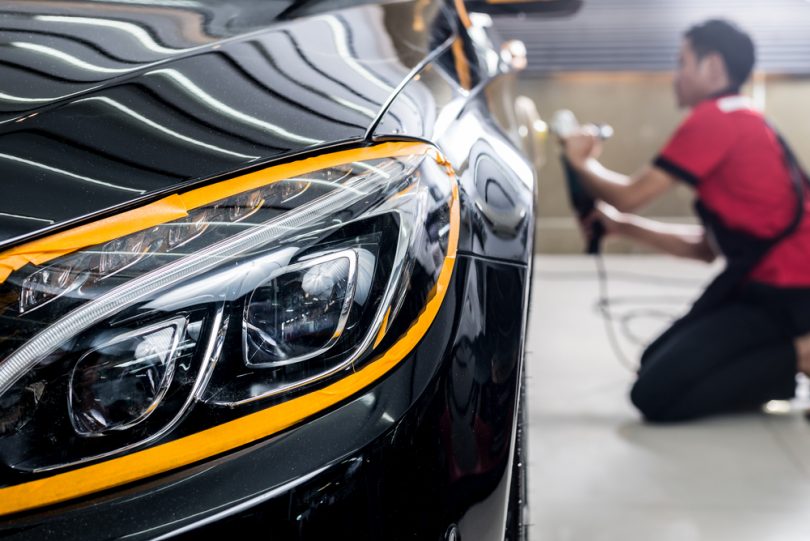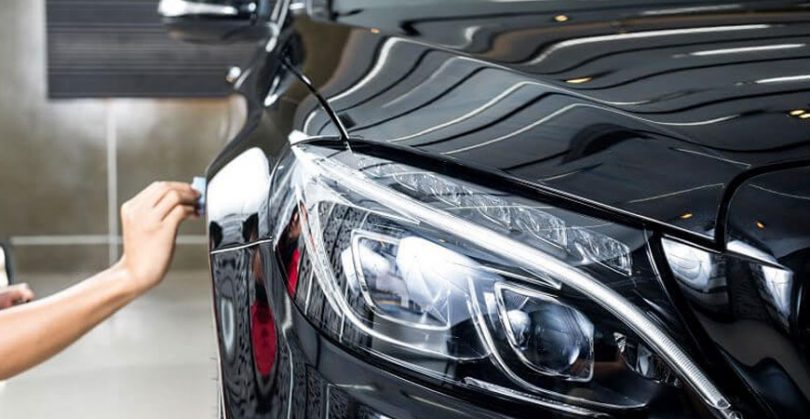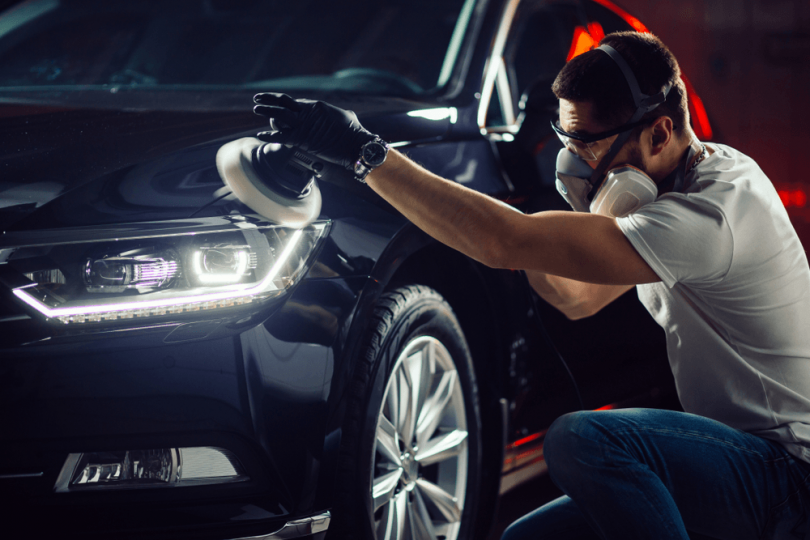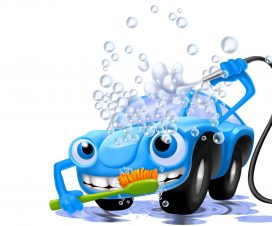 |
Since the invention of the car back in 1885 by Karl Benz, there has been a need for them to look great. Many people around the world will clean their vehicles on a daily basis, always ensuring there isn’t a single smudge or fingerprint anywhere on the body. The auto detailing industry accounts for more than $10 billion in revenue every year in the United States alone. This figure shows just how important having a brand new looking car is to so many people.
According to CarDetailing.ca, the average car owner will wash their car only once every two months. They feel that running the car through the carwash is sufficient. But there is a big difference between merely cleaning a car and actually doing an auto detailing. A car’s longevity can be affected by how often and how well a vehicle is cleaned or detailed.
What are the differences between cleaning a car and auto detailing?

Source: cardetailing.rs
The difference between cleaning a car and auto detailing is in the amount of effort put into the job. When cleaning a vehicle, it is usually just run through a car wash, dried off, and the insides are then vacuumed. An auto detailing involves a lot more than just a quick wash. An auto detailing is a full restoration of the car, from top to bottom, inside and out.
An auto detailing involves not just a vacuuming of the interior but also a full cleaning. When doing the car’s interior, it is vital to remember that dirt and dust can get into every little nook and cranny.
Let us go over a few steps to ensuring the interior of a car is appropriately detailed rather than just cleaned:
Step 1: Start by picking up all the trash in the car. From the back seats, front seats, door and seat pockets, cup holders, and center console. Make sure to check thoroughly and get every piece.
Step 2: Remove the car mats from the front and back; these need to be shaken off before they are cleaned. Depending on the type of material, these can either be shampooed or hosed down.
Step 3: Start with all the interior windows; regular commercial-grade cleaner works best. If you don’t have any window cleaner, distilled white vinegar mixed with water will do the trick.
Step 4: Dust the entire interior of the car. Start on the dashboard and work your way backward on both sides of the vehicle. Use a duster for large areas and cotton buds for the little crevices.
Step 5: Disinfect the interior of the car. Start with the steering wheel; this is the most touched piece of the vehicle and most likely to carry germs. Once disinfecting is finished, grab a microfiber cloth and buff the interior.
Step 6: Next is the seats; start by vacuuming off the seats, ensuring you get down the sides and backs. If they are leather, make sure to wipe them off with a commercial-grade leather cleaner. If they are upholstered seats, you will need to use a diluted fabric cleaner; it is recommended that you dry these off with an industrial fan.
Step 7: Vacuum the entire car’s floor, back, and don’t forget the trunk. You do this last as all dust and grime from the rest of the vehicle will now be on the floor. Wipe down the foot or shampoo it if that is necessary.
Step 8: If you have a nasty odor in the car, you can use baking soda to neutralize it. Just sprinkle it on the floor or seat if that is where the smell is coming from, and vacuum it after 24 hours.
What about the body of the car?

Source: magallanesltd.com
Once you have completed the interior of the car, it is on to the exterior. Most people don’t realize how delicate the car’s surface really can be; the paint can be chipped or scratched off with ease. As a matter of fact, vehicles that have been washed by a carwash machine are left with micro-scratches all over them that can worsen with time if they are not buffed out.
Waxing the exterior of the car is one of the best ways to improve a car’s lifespan. The first vehicle wax was invented in the German town of Bischofsheim in 1800 and was used on horse carriages. In 1944, the first bottled car wax was developed by Ben Hirsch.
By detailing the car’s body regularly, the owner is ensuring that the paint job is being maintained. When the car is waxed, there are several benefits. One of the most important benefits of car wax is protecting against scratches by adding an additional layer to the outer coat. Applying a wax layer to the vehicle’s exterior will shield the paint from dirt and make it far easier to clean. A layer of wax will stop dirt from embedding in the paint. Waxing the car gives more of a shiny look; this is the look that all car owners want their vehicle to have forever. Wax is water-resistant, so it will repel water, which can cause significant damage to the paint job on the car. One of the leading causes of car body damage is the sun. Adding wax to the car’s body will help protect it from the sun’s ultraviolet rays, which will cause the paint to fade. One of the most significant benefits of waxing the car is that it will keep the car looking new.
How often should you have your car detailed?

source: themocracy.com
You must have your car detailed, but the real question is how often. It is recommended that you have your vehicle detailed two to three times a year, or once every three or four months. How frequently you have your car detailed will vary depending on numerous factors. The vehicle is being driven, the weather in which the weather is kept, and how often the car is detailed will affect how often auto detailing is required.




